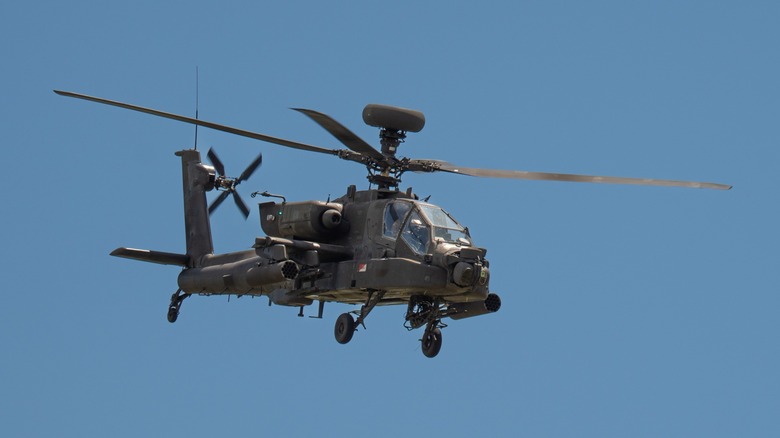What is 'PAT 25' on a Military Helicopter?

Understanding the Mystery Behind PAT 25
One of the most intriguing questions surrounding the recent DC helicopter and plane crash is what exactly "PAT 25" means. The term "PAT" stands for Priority Air Transport, a designation used by the U.S. military for flights that involve important personnel, sensitive cargo, or time-sensitive supplies. The number following "PAT," which in this case is "25," serves as a flight identifier rather than indicating the helicopter's model, type, or tail number.
This means that PAT 25 is not a specific type of helicopter, such as a Black Hawk or Apache. Instead, it functions as a callsign, similar to a label used during radio communication. This helps air traffic control, ground crews, and radar systems identify who is flying and how urgent the mission is. These types of flights are typically reserved for VIP passengers, including generals, diplomats, or government officials, or for transporting cargo that cannot be delayed, such as mission-critical equipment or classified documents.
Unlike regular supply runs, PAT missions follow a different set of protocols. They may receive priority access to airspace, be routed directly to their destination, or land in secured zones to save time. The main goal is always speed and discretion. You will mostly see these callsigns used by U.S. Army aviation units, particularly those operating under Priority Air Transport detachments. These detachments fall under larger commands like the U.S. Army Operational Support Airlift (OSA) or the 12th Aviation Battalion. These units operate both fixed-wing and rotary-wing aircraft dedicated to moving high-ranking personnel, senior enlisted members, and occasionally civilian contractors working on sensitive assignments.
Tracking a Flight Like PAT 25
It is sometimes possible to track a PAT flight, but it's not always guaranteed. For example, if a high-ranking officer needs to attend a defense conference on short notice, the flight might be filed under a callsign like PAT 25. This signals to every control tower and military base along the way that the mission has priority clearance. It also alerts ground crews to prepare for VIP protocols, such as tightened security, cleared landing zones, and faster turnaround times. This allows the flight to operate quietly without drawing attention. Because the mission is filed under PAT 25, there is no public indication of who or what is onboard.
However, websites like FlightRadar24, ADS-B Exchange, or FlightAware allow users to track many aircraft in real time. These platforms can help you understand if a military helicopter is flying over your house. But this is only possible if the craft has its transponder turned on and isn't on a classified mission. In some cases, the helicopter might show up with its callsign, altitude, flight path, and destination, or at least a general heading. However, it's important to note that military flights often follow different rules. For operational security, many military aircraft fly "dark," meaning they don't broadcast identifying data or may not appear on public radar feeds at all. While it's possible to catch a PAT flight overhead, there's no guarantee you'll spot every one or know what it's carrying.
Stay Updated on Tech and Auto Trends
If you're interested in the latest developments in technology and automotive trends, consider subscribing to a free newsletter. These resources provide the latest headlines, expert guides, and how-to tips, delivered directly to your inbox. Whether you're looking for in-depth analysis or quick updates, staying informed is easier than ever.
Komentar
Posting Komentar